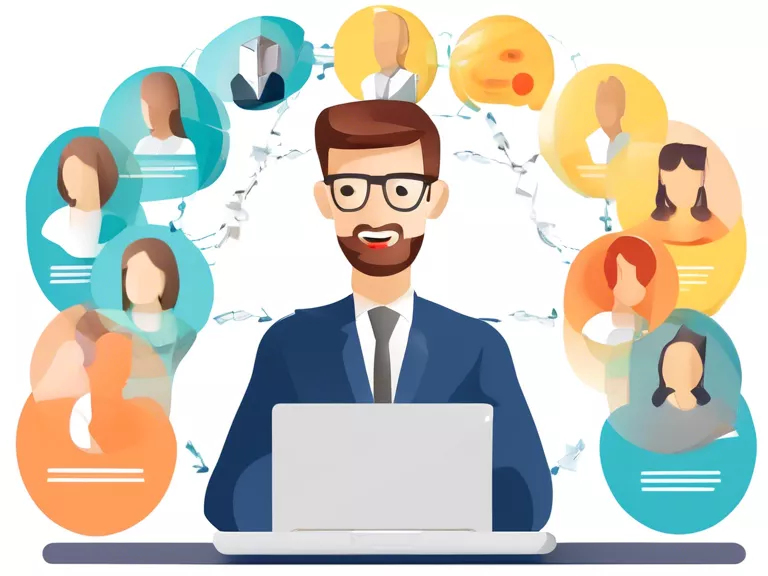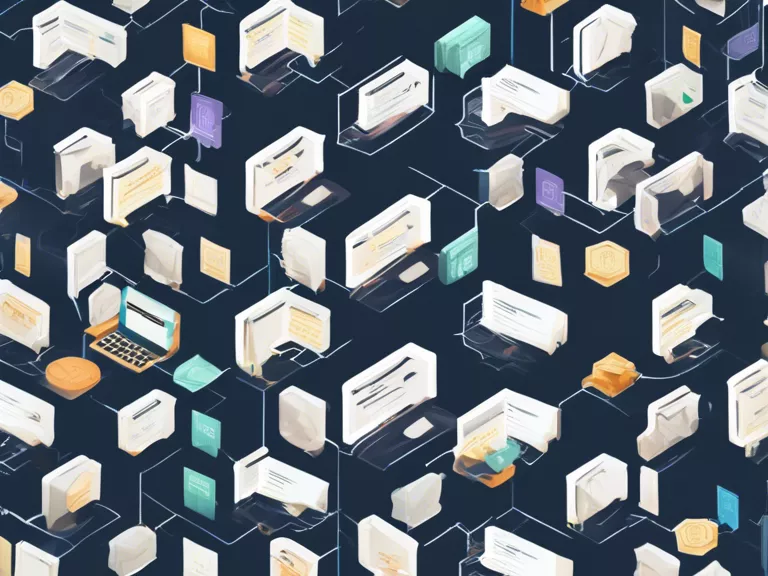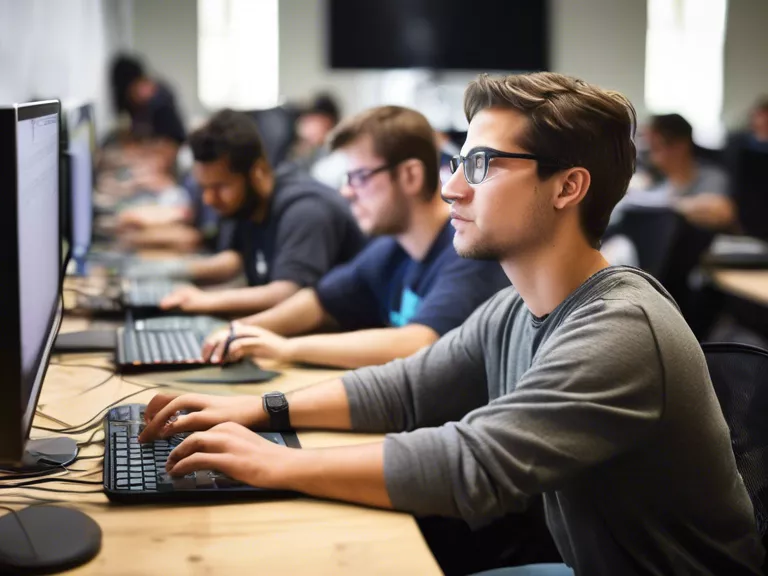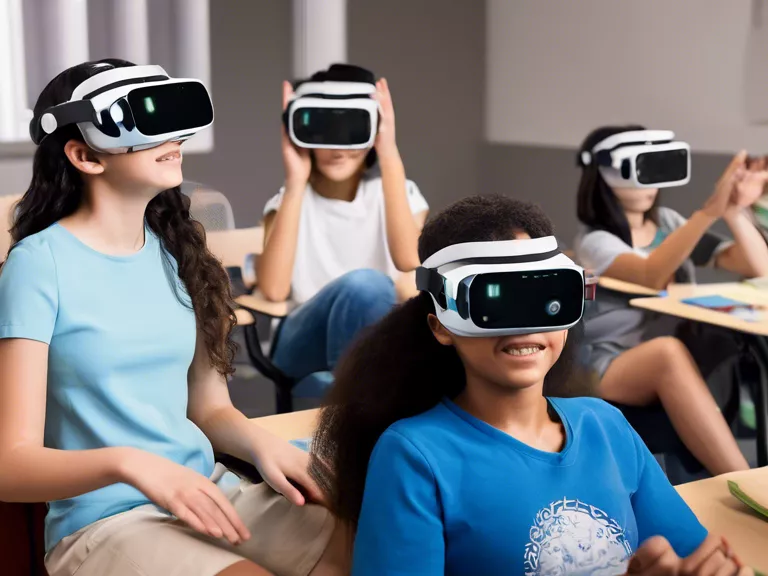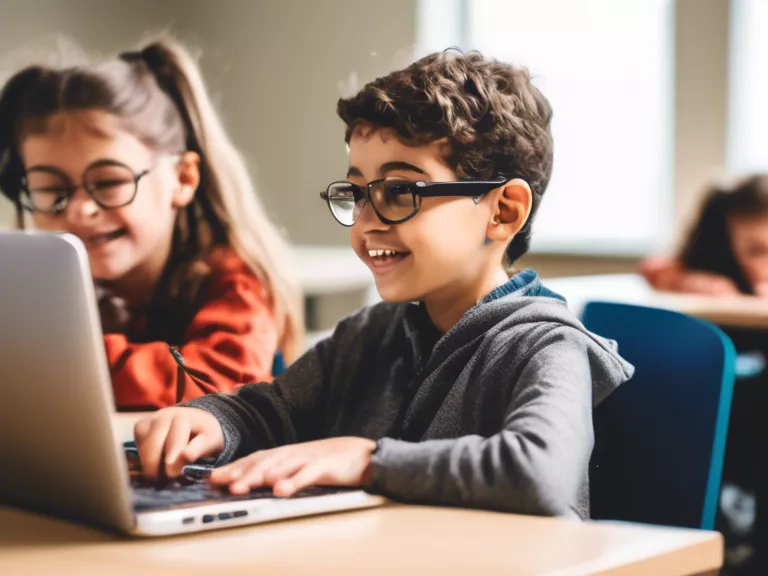
In recent years, the field of education has been revolutionized by the rise of educational technology (EdTech) innovations. These advancements have not only transformed traditional teaching methods but have also greatly impacted special education and accessibility for students with diverse learning needs.
One of the most significant impacts of EdTech innovations on special education is the customization and personalization of learning experiences. Technology allows for individualized learning plans that cater to the specific needs and abilities of students with disabilities. For example, specialized software and apps can provide visual or auditory cues to assist students with hearing or visual impairments. Additionally, assistive technologies such as screen readers, word prediction software, and speech-to-text tools help students with learning disabilities to access information and express themselves effectively.
Moreover, EdTech innovations have made learning more interactive and engaging for students with special needs. Virtual reality (VR) and augmented reality (AR) have been used to create immersive learning experiences that simulate real-world scenarios and environments. This type of hands-on learning can be particularly beneficial for students with autism or communication disorders, as it helps improve social skills and promote sensory integration.
In terms of accessibility, EdTech innovations have played a crucial role in ensuring that all students have equal opportunities to learn and succeed. Online learning platforms and digital textbooks have made educational materials more accessible to students with physical disabilities or those who require accommodations, such as enlarged text or audio descriptions. Furthermore, the use of closed captioning and sign language interpretation in educational videos has made content more inclusive for students who are deaf or hard of hearing.
Overall, EdTech innovations have had a profound impact on special education and accessibility, making learning more personalized, engaging, and inclusive for students with diverse learning needs. As technology continues to advance, it is crucial for educators and policymakers to embrace these innovations and leverage them to create a more equitable education system for all students.
